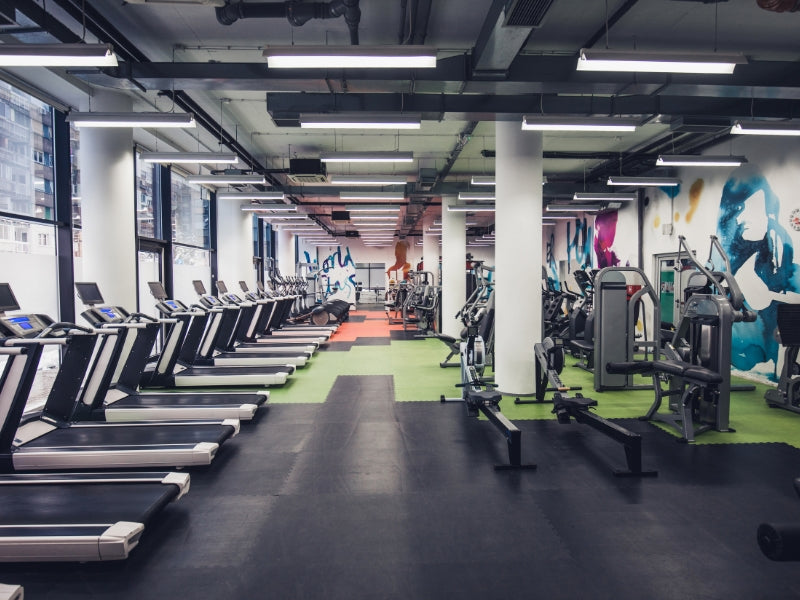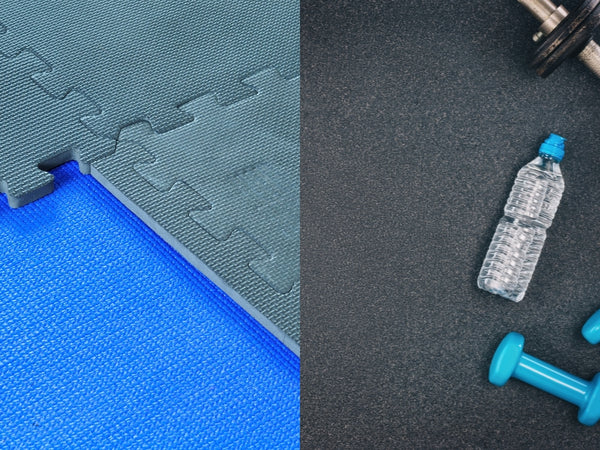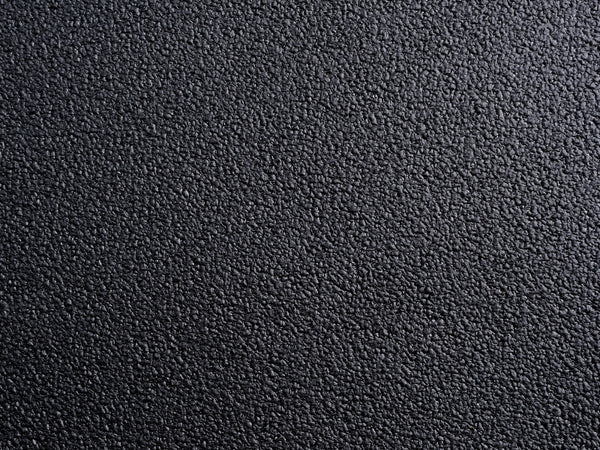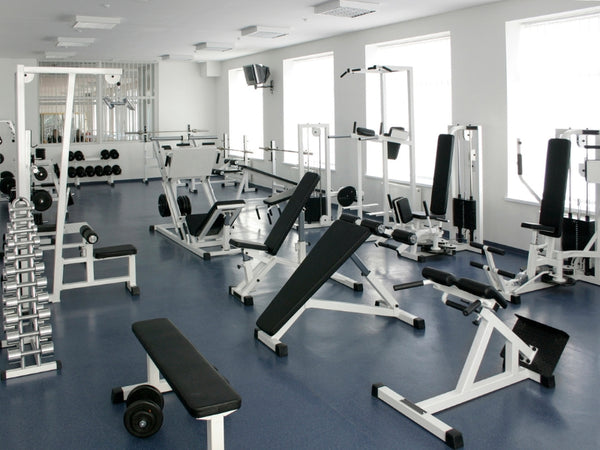Setting up a home gym requires careful consideration, and one crucial aspect is selecting the right matting for your gym floor.
This is the surface that needs to help protect your gym equipment, and floor while also providing a stable base to prevent injuries.
Therefore you must choose the best one for your gym and training. But you will also need to consider the cost as well as the way it’s fitted.
So, we'll walk you through the key factors to consider when choosing gym floor matting.
Purpose and Material

Start by defining the purpose of your gym space. Different training styles will require different types of matting. For example, if your gym primarily focuses on heavy weightlifting, you'll need dense, shock-absorbent mats.
This not only protects the gym equipment but also the floor underneath but will also provide a stable base for you to work from.
Whereas, High-intensity interval training (HIIT) or circuit classes might benefit from thinner, more resilient mats that are softer for the feet. In this case, EPDM rubber mats are a great choice for this due to their absorption and cushioning underfoot. Plus, it is also available as an EPDM rubber sheet which can make it cost-effective and easy to install.
Gym floor mats are available in various materials such as rubber, foam, and vinyl. Each material has its unique set of properties, therefore it’s vital you choose the most appropriate one for your space.
Foam mats are more cushioning, which offers a soft and comfortable surface for floor exercises like yoga or stretching. Vinyl gym mats are durable and smoother again, giving them a smooth and stable base for activities like dance or martial arts.
Interlocking vs. Roll-out Mats

You should also consider how the mats will fit together and gym flooring is generally available in the form of an interlocking tile/ straight edge tile or roll-out formats.
Interlocking mats are easy to install, customisable, and ideal for irregularly shaped spaces. Roll-out mats, on the other hand, offer seamless coverage and are quick to set up. Choose the format that suits your gym layout and installation preferences.
Non-Slip Properties

Safety is paramount in a gym setting, and it’s important to minimise the chance of gym goers slipping whilst carrying heavy weights.
Therefore, it’s important the matting you choose has non-slip properties to prevent accidents and injuries. Mats with textured surfaces or anti-slip coatings that provide traction even in sweaty conditions are good options.
Aesthetics and Branding

While functionality is key, the aesthetic of your gym also matters. It’s important to choose gym floor matting that complements the overall design and branding of your space.
Some mats come in a variety of colours, allowing you to create a visually appealing environment, and will stick in your customer's minds.
Budget Considerations

Establish a budget for your gym floor matting and explore options within that range. While it's important to invest in quality, there are cost-effective solutions that meet safety and durability standards.
Due to the long lasting nature of rubber mats, if you need more affordable options you could decide to invest in second hand matting.
Overall, selecting the right gym floor matting involves thoughtful consideration based on the specific needs of your gym space.
By taking into account the purpose, material, thickness, and other factors mentioned in this guide, you can make an informed decision that enhances the functionality, safety, and aesthetics of your gym.





